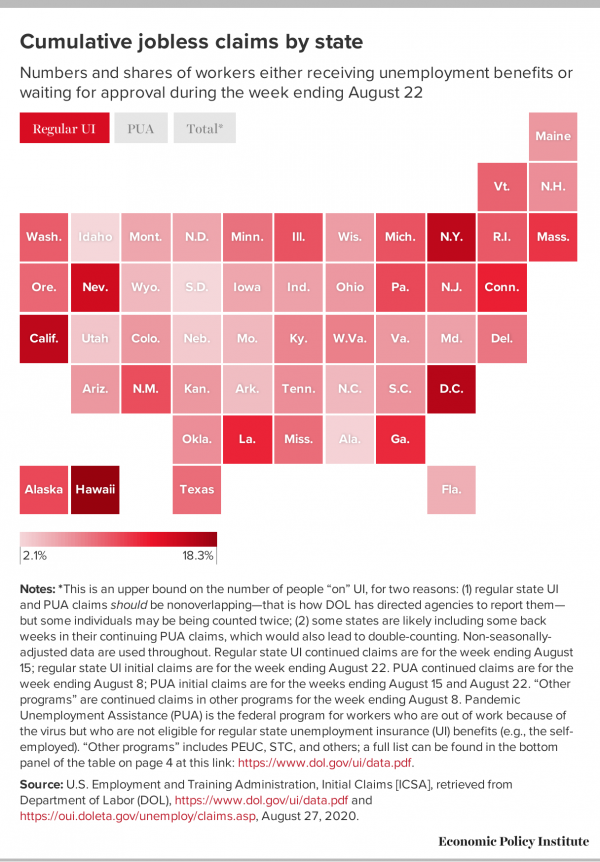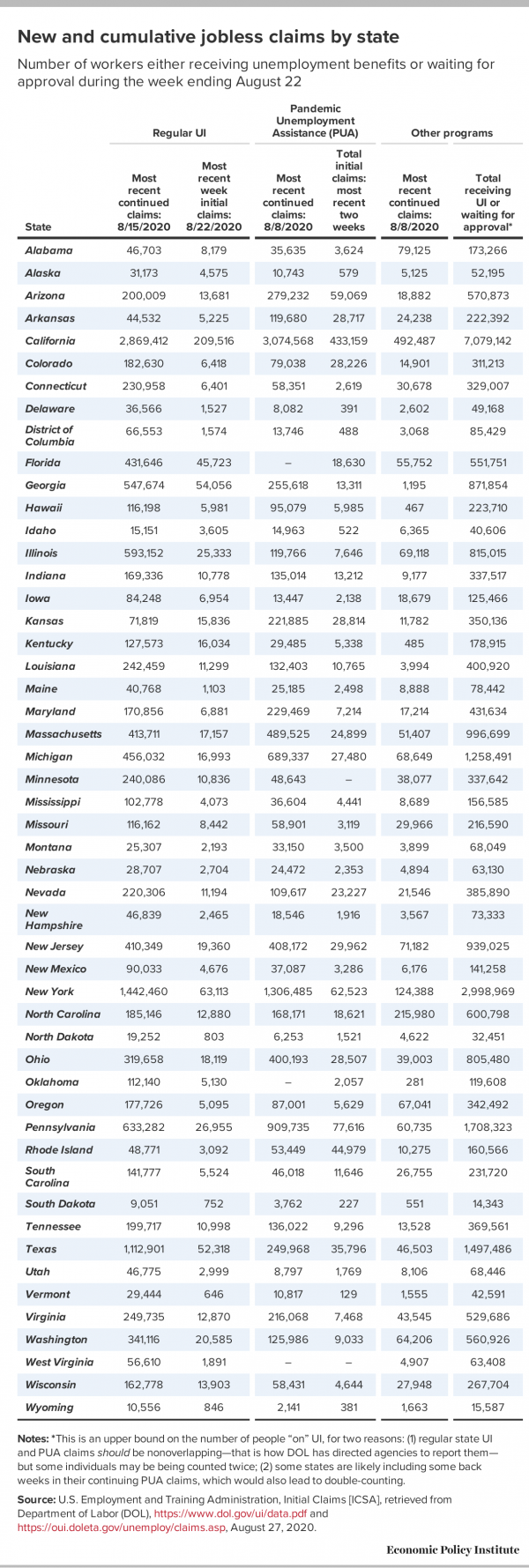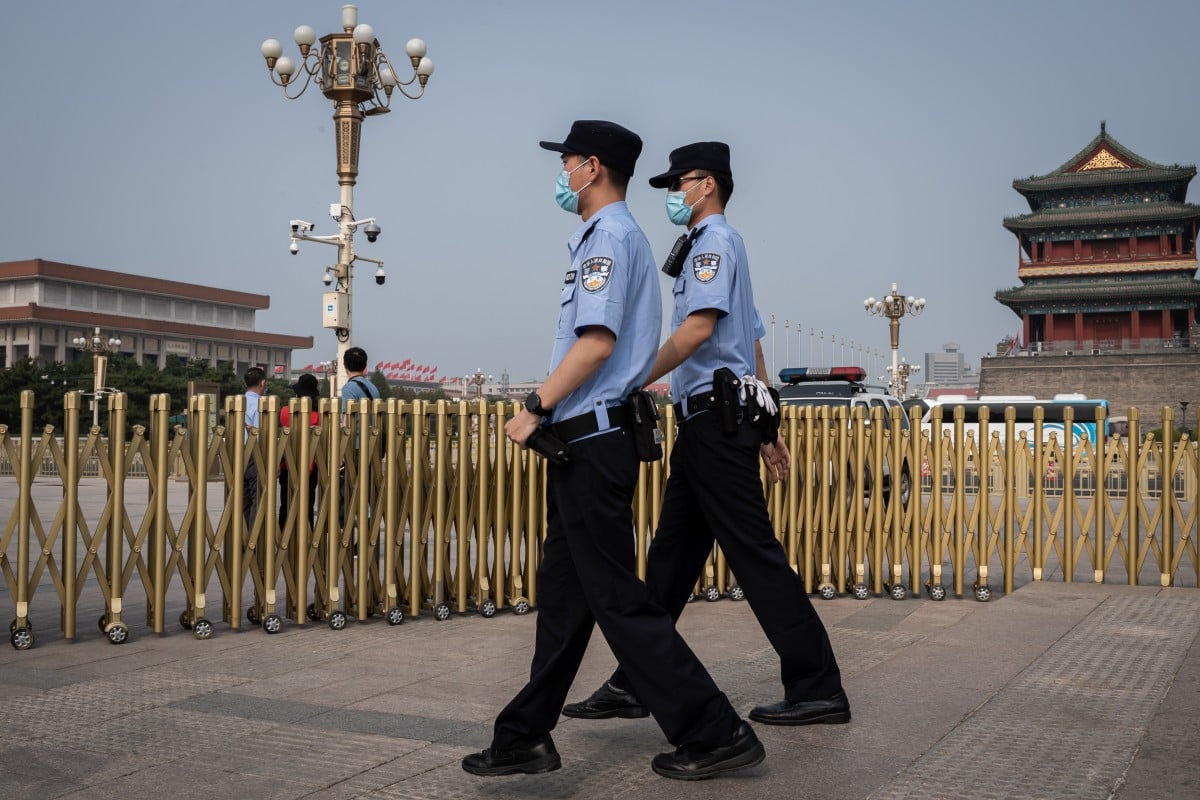Just compare: I wonder what Trump's "Nine Economists" have told him....oh wait....he hasn't consulted anyone but his brokers and a bankruptcy lawyer.
If this incompetence in the US leadership persists, we will crash worse, by far, than Mao's Great Leap Forward, or You-Know-Who's thousand year Reich.
South China Morning Post parent company is Alibaba.
China's economic future is being influenced by nine economists, but what did they tell Xi Jinping this week?https://www.scmp.com/economy/china-economy/article/3099294/chinas-economic-future-being-influenced-nine-economists-whatChinese President Xi Jinping met with nine prominent economists this week to help with the development of the 14th five-year plan for 2021-25 which is due next year
Each of the economists has advocated specific policies that could shed light on Beijing's policy priorities in the years ahead
Frank Tang in Beijing
Published: 6:00pm, 28 Aug, 2020
Why you can trust SCMP
TOP PICKS
Economy
Xi reaches out to 'US states, local councils, businesses' despite hostility
25 Aug 2020
Economy
If Trump 'plays dirty' with chip access, China could cut drug exports
28 Aug 2020
Economy
China's chip making dream hits the buffers in Wuhan
28 Aug 2020
Economy
Is China's 'dual circulation' strategy just rehashing an old economic idea?
28 Aug 2020
Economy
Asia's richest woman named in leaked Cyprus migration documents
27 Aug 2020
Economy
Bitcoin ads splash across Apple Daily, Western media as US sanctions mount
29 Aug 2020
News
Chinese firms 'ramp up R&D spending' as US tech decoupling looms
28 Aug 2020
This Week in Asia
'China sympathisers': a new Red Scare stalks Australian businesses
10 Aug 2020
Economy
China digging itself 'deeper into a hole' with rigid capital controls
26 Aug 2020
Economy
China to showcase 'dual circulation' strategy in Yangtze River Delta
25 Aug 2020
30
4
Chinese President Xi Jinping, also general secretary of the Communist Party of China Central Committee and chairman of the Central Military Commission, chairs a symposium on economic and social work in Beijing, capital of China, August 24, 2020. Photo: Xinhua/Li Xueren
President Xi Jinping this week assembled a group of nine economists as part of the process for the development of Beijing's strategy for the next five years, with a new approach to urbanisation, addressing the rapidly ageing of the population and moves to catch up to the west in technological areas seen to be high on the list of economic and social priorities.
The writings and public statements of the nine prominent Chinese economists, who were invited to speak at symposium chaired by Xi, help shed light on the Chinese leader's thinking about the country's future, according to analysts and state media reports, as China focuses on how it will survive and thrive in a more hostile world.
The 14th five-year plan, which will cover 2021-25, will not be published until next year.
Justin Lin Yifu, a former senior vice-president at the World Bank and now a professor at Peking University, is a long-term advocate of the state taking an active role in industrial planning to help developing countries quickly catch up with advanced economies.
Lin, a former Taiwanese military officer who defected to the mainland in 1979, said in a speech this month that China can maintain an annual growth rate of 5 per cent to 6 per cent in the coming decade as long as the country makes good use of its development potential.
This would, according to Lin, allow China to bypass the United States as the world's largest economy by 2030.
China's economy grew by 6.1 per cent in 2019, the lowest growth rate since political turmoil ravaged the country in 1990, before shrinking 6.8 per cent in the first quarter of 2020 after the coronavirus shut down large swathes of the country. It avoided a recession after its economy grew by 3.2 per cent in the second quarter, the first major economy to show a recovery from the damage caused by the coronavirus.
Lu Ming, a professor at Shanghai Jiao Tong University, believes that China should make its big cities even bigger. Despite the government having the opposite view a few years ago when Beijing tried to develop a host of small cities and towns, Lu's call for China to focus its urbanisation plan on its big cities is now being endorsed.
Cai Fang, vice-president of the Chinese Academy of Social Sciences, is another key supporter of focusing on China's domestic growth potential.
The labour economist advocates making domestic migration easier and providing migrants with better education to increase labour productivity in the face of a shrinking overall labour force.
In May, Cai said that China's high-quality labour force would remain a big advantage and allow it to catch up in areas of technology by increasing its innovation capabilities.
The inclusion of Wang Changlin, head of the National Development and Reform Commission's macroeconomic research academy, suggested support for a "new whole country mechanism" to break US efforts at technological containment.
Wang was the driving force behind the nation's strategically emerging industries plan. As early as 2012, he put forward his countrywide competition idea under which Beijing should marshal the country's entire pool of state, market and social resources to pursue industrial and technological leadership.
Dazzling light shows in Shenzhen mark city's 40th anniversary as Chinese special economic zone
Xi also listened to speeches by Zhang Yuyan, the head of the Institute of World Economics and Politics at the China Academy of Social Sciences.
In one recently published article, Zhang said China must uphold the rules of the World Trade Organisation and seek an open and multilateral trade system to challenge the unilateralism being pursued by the US.
Zhu Min, a former deputy managing director of the International Monetary Fund, is a long-term advocate of China taking a bigger role in international governance as well as the internationalisation of the Chinese currency.
He said at a forum in June that China should promote the use of the yuan in countries involved in the Belt and Road Initiative.
China's industrial giants rebound for third successive month in July as coronavirus recovery continued
27 Aug 2020
Zheng Yongnian, the former director at the East Asian Institute at the National University of Singapore, attended the symposium under his new title as the head of global and contemporary China studies at the Chinese University of Hong Kong.
Zheng has been arguing for China to develop its own ideas and theories on proper governance and diplomacy.
Fan Gang, who co-founded a club of reform-minded economists along with Vice-Premier Liu He, Xi's top economic adviser, and Jiang Xiaojuan, also a prominent government adviser, were also at the meeting.
For many observers, the selection of the nine scholars is itself an important signal.
The dominance of the domestic market will become more apparent in the foreseeable futureXi Jinping
Liu Shengjun, head of the Shanghai-based China Financial Reform Institute, said the purpose of the symposium was not only to listen to different points of view, but also to "convey a message to society" about the direction of government policy and the nation.
The general takeaway is that China will rely more on itself but it will not close itself up, Liu said, in line with the government's new "dual circulation" strategy.
"The dominance of the domestic market will become more apparent in the foreseeable future. We will insist on the strategic direction of supply-side structural reform, adapting production, distribution, circulation and consumption mainly to domestic needs," Xi said in a speech which concluded the symposium.
Earlier this month it was also reported that Chinese state media had begun soliciting views from citizens ahead of the country's 14th five-year plan, with the People's Daily launching a website to take suggestions from the public.
-- via my feedly newsfeed




